Aloha kākou, Keili here!
Hope you are having a great aloha friday and were able to do some intentional living for Illa the other weekend. I was lucky enough to go enjoy a day with my sister at the beach where we designated a lovely space underneath the shade of a palm tree to our mama. We wove lei together, connected them into one long kaula (rope), dunked it (and us) in the ocean, and adorned the tree. Was nice to feel connected and create a space were we can go to feel close to her.
It has been hard for me to keep up with all the updates of all my people… Hana is back from Japan after her month long journey across the country, Chris just left for Japan - his first time there! - where he is working with one of our good friends Kandai on his endeavor of curating a fermented Japanese tea experience known as YOINT, and painting a mural to commemorate! He will be back in a few days, I hope we can go together next time!
But alas, they are both leaving me again, Hana is off to Ireland to meet my dad, work on our family cottage, and become an artist monk. And Chris is off to California where he will be met by our amazing supportive friends Tristan, and Kalani (Kalani will be sailing with us on the voyage). All the while I will be here saving kala (money), and counting down the days - the boys will be prepping ‘A’A for her first voyage across the Pacific! I am working on a list of safety gear that is practical and effective for our modest ship and crew.
In honor of my sister and dad going out to Ireland (and also so that I can feel included), I wanted to write a bit about the brief history of Ireland since not a lot of people know it (including me). Nor how many aspects of their story are reflected in the story of the kānaka maoli (native hawaiians). I also selfishly wanted to research the sailing history and it led me down a pretty interesting rabbit hole… join me!
Historic Framework
Most indigenous people across the globe have a collection of creation stories and legends that they use to connect them to real life events in history. In Hawaiʻi we have the kumulipo, hula, and oral stories that are begining to be transcribed. In Ireland they have “An Leabhar Gabhála na hÉireann” (pronounced “On L-oww-er ga-walla na hair-en”) – “The Book of the taking of Ireland” which is more commonly known as “The Book of Invasions“. It is exactly how it sounds - basically a summary of all the conquests they endured throughout the centuries all the way back to the old testament.
The first inhabitants of ireland were believed to be Mesolithic hunter-gatherers with dark skin and blue eyes around 10,500 BC-400 AD. There were so many conquests of groups that came in and replaced the prior that I couldnt even list them here… St. Patrick and Catholicism brough they first wave of peace which lasted from the 400’s to the 700’s when the Vikings came and screwed that up quite a bit. Then in the 1600’s when the main viking king was killed, Great Britan brought in Protestants and - you guessed it - more conquering. But now that many Irish were Catholics they decided they didnt want to put up with this other religion (they took it more personally this time). They revolted continuously and continuously were oppressed and destroyed by the protestants. Eventually they banned together to form the Irish Republican Army (IRA) and claimed the southern part of the island. They wanted all of Ireland but by 2005 the decided they had enough fighting, joined the European Union, and determined they would share Ireland (or at least the North side) with the British.
The McEvilly Anchor
My family is from a small Irish fishing village called Cleggan on the West Coast of Ireland. It is not hard to see where my fathers love for fishing, beer, and making genuine friends came from. As it is basically the foundation of Cleggan.
Despite receiving on average only 1100 hours / 45 days of sunshine per year (compared to Hawaii with up to 350 days/year) everyone there is very dependent on the sea, and VERY salty sailors. They are also very sustainable. I admire their way of taking only one claw from a crab and releasing them, knowing they will grow back and can be harvested again. And the way they use seaweed much more regularly than we do in Hawaii (you can get packages of Kelp and other seaweed at every gas station, restaurant, and grocery store). They are a very capable people, working in relation to the land and sea. One of their most important sources of fuel, turf (peat), is collected directly from their fields.
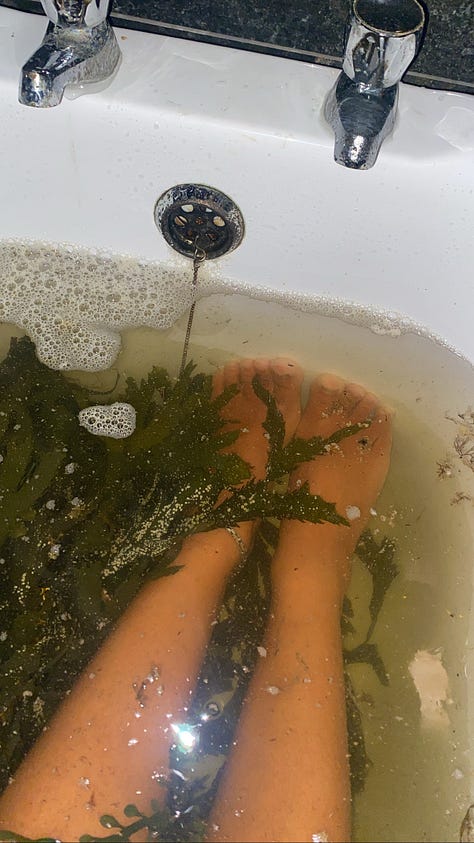
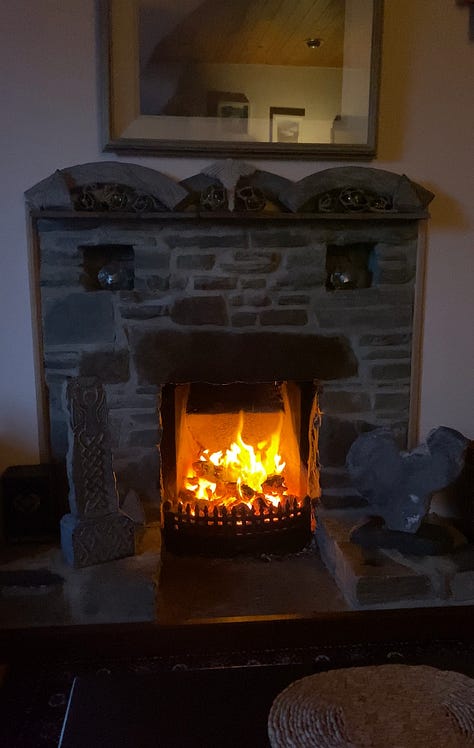
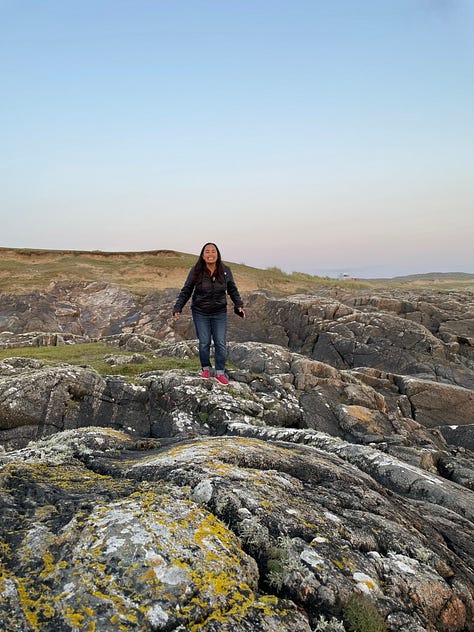
As far as legends go - Ireland is bleak (I don't blame them based on their history). The largest sea lore in Cleggan is regarding what is called the “Cleggan Disaster” or “the Cleggan Bay Tragedy”. Where four boats filled with Rossadillisk men sailed from Cleggan Harbor on October 28, 1927. Only one returned. Mark Lacey skippered his boat, with brothers George and Martin on board. Everyone lost someone close that day.
Despite this event and many other harsh storms, Ireland still holds close its love for the sea. It is no surprise, given that it is anchored in the very fibers of the people. From early settlers: such as the Fir Bolg who escaped bondage in Greece in boats made of wood and leather, to the Celts of Iberia, who came in a fleet of ships with which they traded along the coast of Europe. For reference, Ireland is 117 miles from the nearest landmass (Liverpool, Europe).
Many early irish were sea savvy people, however their conquerors were often unfavorable landlords, and many were pushed to a life on land. The influx of land ownership and pressure to produce as much as possible led to the potato famine (aka the only thing we all know about ireland). So, fisherman starved while watching their beloved boats and fishing gear rot in their rich landlords harbor.
But, there were some very wild tales of Irish fishing. Liike I said - VERY salty. There were shark hunters of Aran, who hunted blue and basking sharks for the valuable oil in their liver that would be used for lamps.
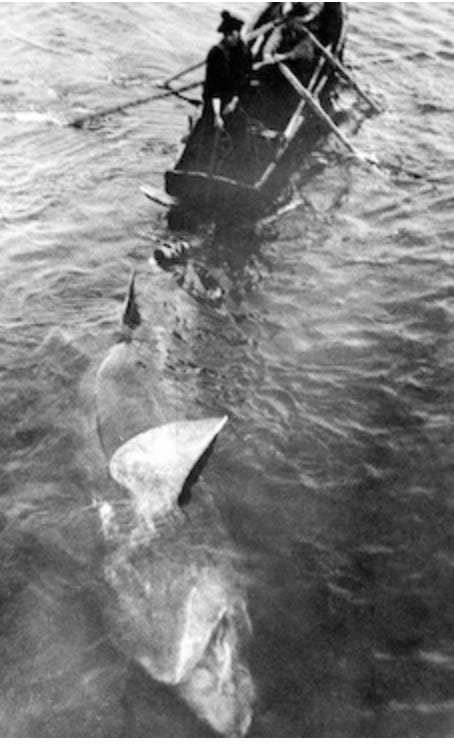
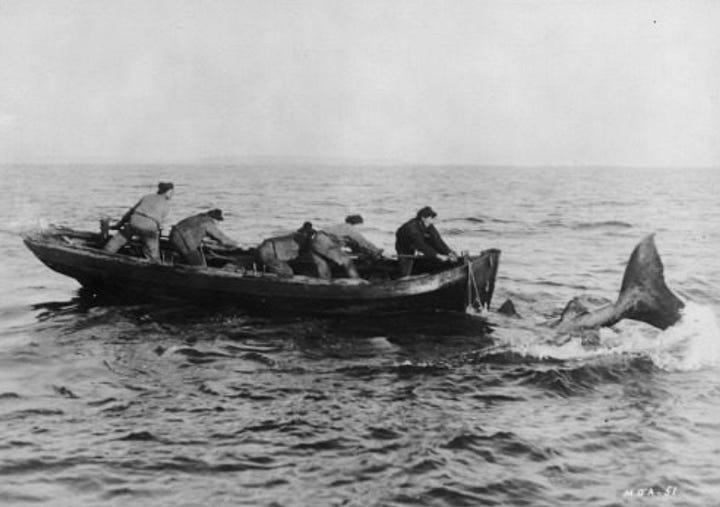
Da Irish Go
It is said that early Irish settlers were knowledgeable about celestial navigation, swell, weather, etc. similarly to the Hawaiians. I really wanted to find their version of the Hawaiian star compass but couldn't find one. If anyone has any leads on this lmk I am very interested as to how they did it!
Currently, there is a revival in traditional irish heritage. The people are going back to their language (which was almost completely extinct), traditions, and reviving Irish sailing! The most notable in their resurgence, is the return of the Galway Hooker. Specially developed to sail in the insidious waters of rugged Connemara coasts, the hooker has a shallow draught; the hull is generally half-decked, except in the smallest craft - the Púcán- which is an open boat. The internal ballast is made up mainly of local stones, carefully selected and skillfully arranged amidships. The Irish use the hooker for fishing, transporting goods, livestock, and people, and have passed them down through the generations.
There is still a lot to explore about irish culture and sailing history that I am excited to discover. Thank you for embarking this far with me! I am excited to learn more, especially about the shark hunters and fishermen of Cleggan. I hope you enjoyed this entry and join me in living vicariously through my family and their legacy. I hope one day soon to visit Ireland with my friends and family - and sail a Galway Hooker!
-Keili
A quick extra! I will be curating my first event through Sea Life Park! I will be highlighting local artist, Crissia Vaughn! I am so excited to invite you and hope you will attend to see the inspiring art, eat some ʻono food, enjoy live music, and drink some wine with me! (its FREE!)
As always, this post is dedicated to my mother, thank you for all you gifted me and are still teaching me along the windy road. Mahalo to all the friends and ʻohana that has been helping Chris in prep (thanks for picking up my slack!), and who have been helping me through my mental health and healing journey. Mahalo to my kuʻuipo Chris, I would not want to reach for my dreams with anyone else. I am grateful for all of my inherited history, and for the kūpuna past, present, and future.







